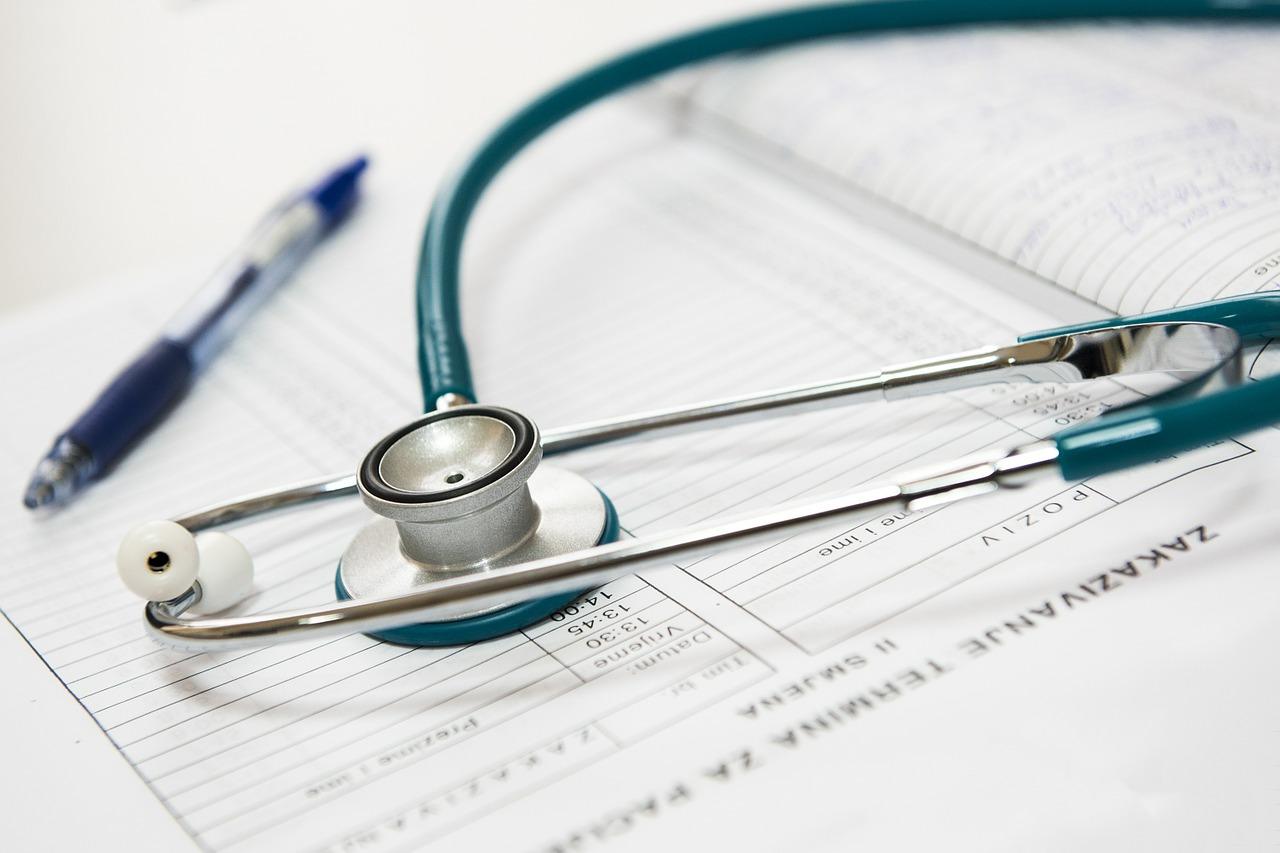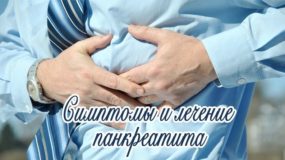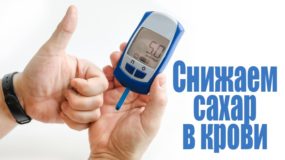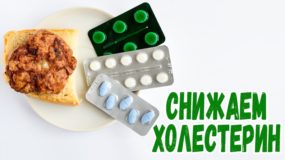In the article, we will examine where appendicitis is located, consider the symptoms of inflammation in adult women, men and children. Appendicitis is a critical inflammation of the appendix - the appendage of the cecum. This process of 9 centimeters in length is involved in the production of intestinal juice, provides the release of lymphoid cells, which increase immunity and restore intestinal microflora damaged by a serious infection.
The influence of these appendix functions on the state of the human body is insignificant, but inflammation of the appendage, which appears for various reasons, is dangerous to humans. To prevent the occurrence of undesirable consequences, proper diagnosis of appendicitis and removal surgery are necessary.
If you do not know the exact location of the appendicitis, remember that almost every person has this appendage on the lower right abdomen. But there are times when appendicitis has a left location.
Self-diagnosis of the inflammatory process
To determine the inflammatory process, diagnosis can be done independently. Using the following tips, you can easily do this. Take actions as carefully as possible, otherwise exacerbate the situation.
- With your fingertips, gently push on the right side near the ilium. If pain increases during palpation, the likelihood of appendicitis is high. To fully verify this, carry out a similar procedure on the left side. With inflammation of the appendix, the pain is slight or absent.
- Cough. When coughing pain during appendicitis intensifies. Just cough carefully, otherwise serious consequences can not be avoided.
- It is possible to diagnose acute appendicitis by applying gentle pressure on the palm of the ilium. After pressing, make a delay. If the pain weakens and increases sharply when you take your hand away, this indicates inflammation.
- Lie on your left side, as a result, the pain will decrease. If the pain intensifies after turning on the other side, this is considered the first messenger of appendicitis.
Even if the diagnostic results did not confirm the inflammation of the appendix, be sure to consult a doctor. If an inflammatory process is found, avoid many consequences.
The first signs and symptoms of appendicitis in women, men and children
Any disease, whether herpes, cystitis or chickenpox, there are symptoms, and appendicitis is no exception. Consider the signs and symptoms of appendicitis in women, men and children. But for a start I will dwell on the reasons. As practice shows, not every person inflames this process and this has an explanation.
Causes and forms of appendicitis
An infectious factor is a common cause. Acute appendicitis is accompanied by the appearance in the intestines of pathogenic strains of pyogenic bacteria, which under normal conditions act as inhabitants of the intestine, and acquire a pathogenic character under the influence of internal and external factors. Among them:
- Narrowing the lumen of the appendix, congenital anomalies, foreign bodies, fecal stones and neoplasms.
- Defects in the vessels that feed the intestinal wall. Decreased blood supply to the walls contributes to the appearance of blood stasis, which leads to appendix necrosis.
- Slowing down the bowel wall, which is accompanied by profuse mucus formation and widening of the lumen.
In most cases, appendicitis develops in people who suffer from constipation, infectious diseases and ailments of the cardiovascular system. Inflammation appears in men who abuse alcohol and cigarettes, and in women it appears as the result of a gynecological inflammatory disease. In children, the attack develops against the background of severe sore throat or congenital narrowing of the cecum.
There is an acute and chronic form of appendicitis. More often people are faced with an acute form, characterized by severe symptoms. The chronic form is rare and has erased symptoms.
A sharp abdominal pain is the main symptom. But there are other messengers of the appearance of the problem. I advise you to read their description.
- Navel pain. The first symptom of acute appendicitis. Pain occurs in the abdomen, not having a location. The pain syndrome is permanent, characterized by moderate intensity and intensifies during coughing.
- Nausea and vomiting. The composition of vomit includes previously taken food along with bile. If the stomach is empty, it resembles yellow mucus. Vomiting with appendicitis is a response to pain, accompanied by a deterioration in appetite.
- Temperature increase. Often a companion of appendicitis is fever. Body temperature does not rise higher than two degrees, but there are exceptions.
- Digestive disorders. Increased intoxication leads to a defecation disorder. In this case, frequent urination is also caused by involvement in the pathogenesis of the bladder. Urine has a dark, saturated hue.
Often inflammation of the appendix is accompanied by mild pain, which are complemented by symptoms that are not in the list above. Painkillers can help reduce pain.
Appendicitis Removal Surgery
Treatment of appendicitis is carried out urgently in an operational way. The most effective method of surgical treatment is the traditional removal of the appendix, carried out by a doctor. Laparoscopic surgery involving the removal of the appendix through small punctures in the abdominal cavity is gaining popularity.
Now you will find out how the operation to remove appendicitis is performed. Having familiarized yourself with the material, you realize what you will encounter when an adversity appears. But I hope this does not happen.
Laparotomy operation
- The operation is performed under general anesthesia or local anesthesia using a special incision. After the procedure for opening the abdominal cavity, the doctor finds the appendix and examines the ileocecal zone. Next, the process is removed into the wound, mobilized and alloyed, after which the mesentery is dissected.
- The doctor places a catgut on the root of the appendix and cuts off the appendage above it. Then special sutures are applied, the abdominal cavity is “cleaned” and the wound is sutured. After the operation, the temperature rises for a week.
- The first day after surgery, it is recommended to stay in bed, take pain relievers, apply cold to the wound. If there are no complications, it will take no more than two days to restore intestinal motility.
- In the absence of disorders, after twelve hours it is allowed to eat liquid foods and drink. After the operation, a special diet is not provided, but it is recommended to return to the traditional diet mode gradually.
Laparoscopic surgery
Standard surgery is extremely painful. But she has an alternative. Modern equipment helps remove the appendix through the oral cavity or vagina.
- Instruments are brought through the mouth to the point of operation. The surgeon makes a tiny hole and enters the abdominal cavity.Further, the appendix is removed, but the sutures are not imposed.
- This method of treating appendicitis has several advantages, including: a short postoperative period, rapid recovery, low likelihood of complications, discharge from the hospital after a few hours.
Diet after appendicitis removal
After the operation and removal of the appendix for a certain period, it is recommended to adhere to a special diet, otherwise complications will appear. Not every patient adheres steadily to the doctor's instructions and changes personal taste preferences. And this is against the background of what to observe similar diet not difficult.
Surgery for the body is extremely stressful. As a result, internal reserves are used, which helps to easily abandon the usual food. In the future, the diet becomes diverse.
Only a few comply with this diet. As a result, many people who have undergone surgery have long wound healing and complications related to the digestive system. This can be prevented by following the rules of nutrition.
- Eat small amounts. The pause between meals should not exceed three hours. Thanks to this approach, the digestive system operates on a clock basis, which has a good effect on well-being.
- If it is not possible to cook often, pay attention to baby puree. With it, you can quickly refresh yourself at any time. Since within a month from the date of the operation there is fish and meat is not recommended, such food will provide the body with calories.
- For a week, give up fiber. According to nutritionists, at this moment it is better to satisfy hunger with dishes that do not require the use of bread. It's about mashed vegetables and lean broths.
- Insert flour into the diet three decades after the removal of appendicitis. Not everyone can follow this rule. If you encounter such difficulties, replace sweets with jelly or fruit puree.
- Diet has a drawback. It's about the need to count calories. Thanks to such calculations, the body replenishes the supply of strength and functions normally.
- When calculating the number of calories, consider the lifestyle and other parameters. Doing it yourself is problematic. Turning to a nutritionist for help, a solution to the problem can be found instantly.
- So that the daily diet does not consist of a set of mashed potatoes, I recommend that you plan ahead what to eat. Legumes allowed to eat a quarter after the operation. So forget about pea soup.
If you break the diet, serious problems will overtake. If you ate a plate of delicious borsch or a serving of salad dressed with mayonnaise, take a drug that improves fermentation. The next day, unload the intestines as much as possible, otherwise the digestive system will receive a serious blow.
What can I eat after appendicitis
When a person has appendicitis removed, they are advised to follow a diet. The use of certain foods slows the healing process and contributes to the development of complications. Increased gas generation leads to a stretching of the intestines and sutures, resulting in pain.
The question of whether it is possible after appendicitis to eat certain products that were part of the diet before surgery worries many people. It will not work to consider all the answers, but I can give a little attention to the most popular questions.
Is it possible after appendicitis:
- Drink alcohol. Along with blood, alcohol enters organs and tissues and has a negative effect on them. If we consider that after the operation the tissues are depleted, the effect of alcohol is fatal. Therefore, it is better to forget about alcohol.
- To smoke. After surgery, the doctor expects the wound to heal quickly.In smokers, this process is slower because nicotine impairs the blood flow to the capillaries. therefore give up cigarettes before removing the stitches.
- Bananas. In the postoperative period, it is recommended to consume fruits, and bananas are no exception. From them, prepare mashed potatoes that will saturate the body with useful substances and strengthen the immune system.
- Beer. Use thisfoamy drink after the operation, it is undesirable, otherwise the seams will separate. Taking a drink promotes the formation of gases that irritate the stomach and strain muscles.
- To the bath. The bath stimulates the regenerative functions of the body, but in the absence of postoperative inflammation. It is recommended to visit the bath after tightening the seams.
- Sweet. Any sweet products, including chocolate, cookies, sweets and other delights, are allowed after the healing of the wound. Sugar inhibits rapid healing.
- Yogurt. Immediately after surgery, it is recommended to use homemade yogurt low fat, in which there is no sugar. This dairy product is rich in trace elements that contribute to the rapid tightening of the seam.
- Coffee. There are no restrictions on the use of coffee. In the same time coffee increases pressure and quickens the pulse. Another drink causes diarrhea. It is better to consult a doctor about use.
- Eggs. It is allowed to enter the diet during the first week from the time of surgery. Eat soft-boiled eggs or scrambled eggs. It is better to refuse steep eggs, as they cause constipation.
- Do sport. The person who underwent surgery should avoid a lot of physical activity during the quarter. But you can do physical education. The main thing is that the training program does not include exercises that affect the muscle group of the abdominal press.
I shared information about the location of appendicitis, examined the symptoms of appendix inflammation, described the technique of the surgical operation, and paid attention to what is after removal of the appendix.










